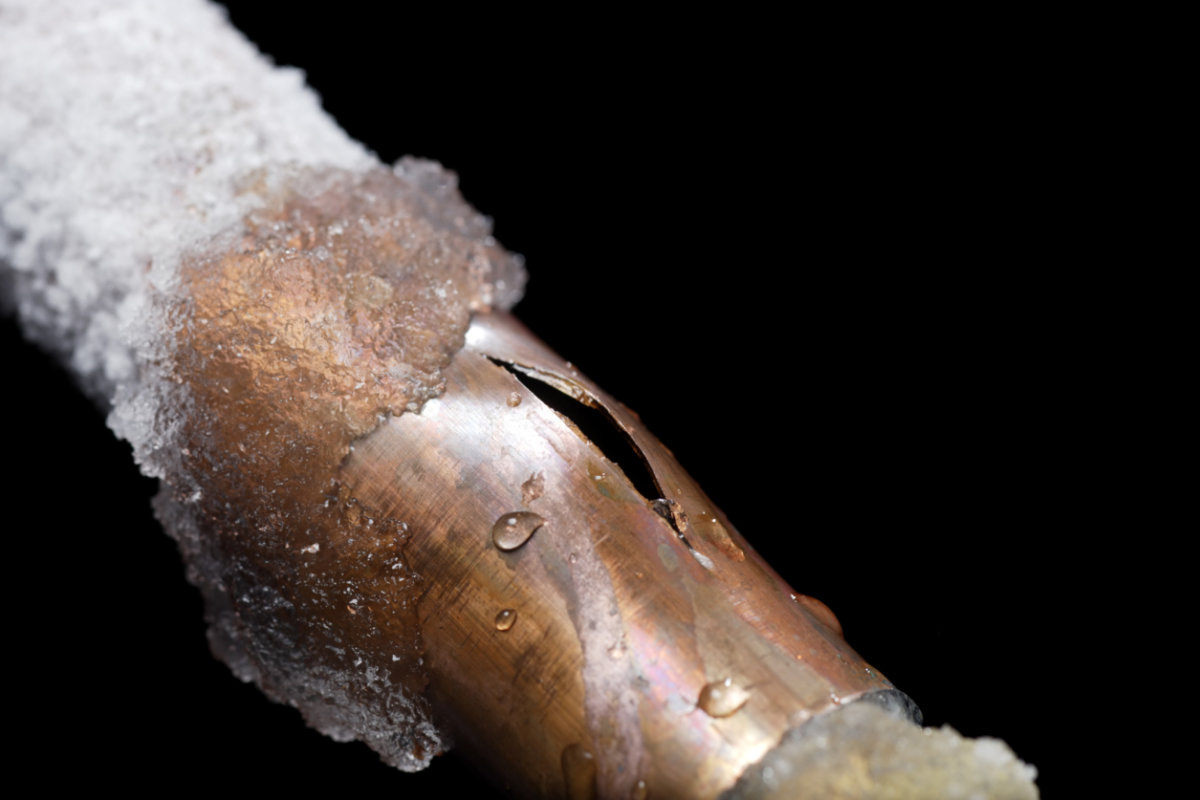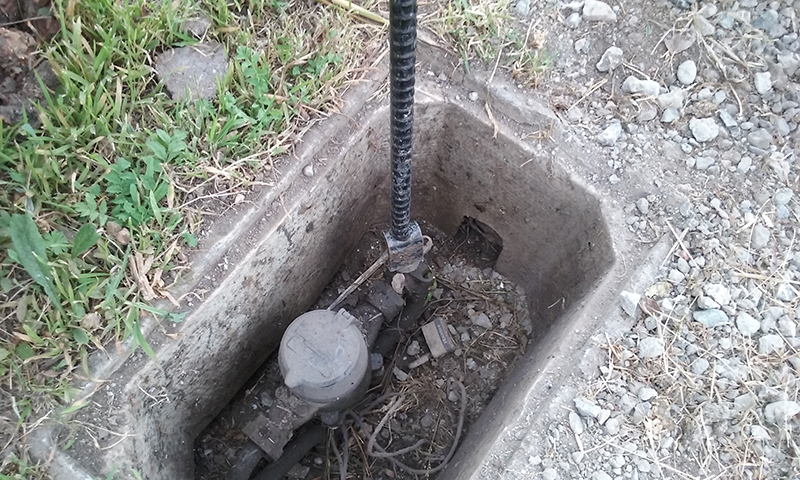Five Signs You Require Water Line Repair
Five Signs You Require Water Line Repair
Blog Article
Everyone seems to have their own unique concepts with regards to How to Tell If You Need a Water Line Repair or Replacement.

Houses obtain water from a main source which might be common or personal. This water line is usually mounted underground with top notch water pipes that must last for a very long time. However, as time proceeds the products used in the water lines come to be extra prone to environmental or internal problems that trigger them to deteriorate. Hence, we can become aware of plumbing issues like leaks, staining, bad water pressure, foul odors, and so on. Issues with your water line ought to not be taken with levity as they can proceed to a lot more major damage. Usual water line issues consist of;
Exactly how To Know That Your Water Line is Damaged
Being underground, troubles with your water line can go undiscovered for years up until considerable damages has been done. Nonetheless, there are some tips that you can watch out for. Having the ability to identify these indicators implies that you can ask for expert help in a timely manner. Some of these consist of;
These guidelines indicate an underlying concern that should be properly attended to asap.
Common Root Causes Of Water Line Concerns
Your water line being buried below ground exposes it to a lot of inner and outside problems. Any damages received can be as a result of one or more of the complying with;
The Dilemma of Repair Work or Replace
House owners are generally confronted with these two options anytime there's a plumbing issue. It is essential for you to carefully assess the circumstance handy and also with respect to past as well as future signs make an enlightened choice. Discussing this with your plumber is highly encouraged. If the water line is old (regarding half a century old) you need to be considering replacing it. This is since such plumbing issues are connected with maturing advertisement are most likely to return. If you have been fixing underground plumbing problems for a while, a total replacement will certainly likewise conserve you an additional frustration in the future. Nonetheless, if the products are not old and also can conveniently be fixed for less than it will certainly require to change, go with the fixing alternative.
Trenchless Water Line Fixing
Contrary to old methods which call for full excavation of the waterline, the trenchless approach supplies the alternative of repairing damages within a shorter time. It involves the installation of pipes of smaller size within the old ones. This dimension distinction as little or no result on efficiency. This technique is beneficial since it is non-invasive and affordable. This method enables repair to be finished within a day or 2 with minimal disruption to your yard.
How Much Does It Cost to Repair or Replace a Water Service Line?
Your water service line is the underground pipe that carries water from the public water main into your home and out of your faucets and other fixtures. When something goes wrong — whether it be aging pipes, invading tree roots or digging in the wrong spot — all that water can end up flooding your yard and damaging your home.
Deeper Ain’t Cheaper
Water service lines are buried as deep as local building codes require — but usually the depth is determined by the frost line in your area. The frost line is the level to which the soil typically freezes during the winter. In the South, frost depths can be as shallow as 5 inches. In northern states, harsher winters push the frost depth to over 5 feet.
Water service lines aren’t buried at the frost level; typically, some space is left to account for deeper freezing in a nontypical winter. In warmer climes, water service lines are buried less than 3 feet deep for this reason. In the coldest areas, they may be buried over 8 feet deep.
Pipe depth affects the cost to repair or replace. Think about it: The technician has to get to the broken line in order to work on it, so the deeper they have to dig, the more time and effort is spent in the process. That drives up the price.
What’s This Gonna Cost?
A small leak may be fixed by repairing or replacing just a small section of pipe. A clog or a fully compromised pipe may need to be replaced entirely. To give you an idea of what you can expect to pay for your water service line repair or replacement, HomeServe has calculated the average costs, both nationally and state by state, for comparison. Keep in mind that while these are the average prices, in some cases, costs can be much higher. In order to determine what’s wrong with your system, you’ll have to call someone out to diagnose the problem, which comes with its own cost. We’ve calculated that average, as well. As we mentioned, the depth of your pipes has a bearing on cost, so we’ve listed the average depth here, too.
https://www.homeserve.com/en-us/blog/cost-guide/main-water-line-repair-versus-replacement/

I hope you enjoyed our excerpt about Replacing Your Service Water Line. Thanks a ton for taking time to browse our article. Are you aware of another person who is fascinated by the niche? Take a moment to share it. Thank-you for taking the time to read it.
Additional Information Report this page